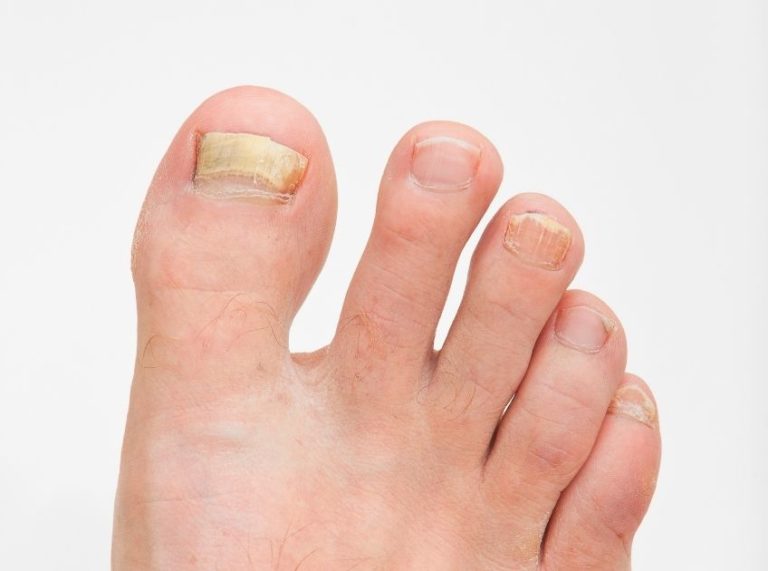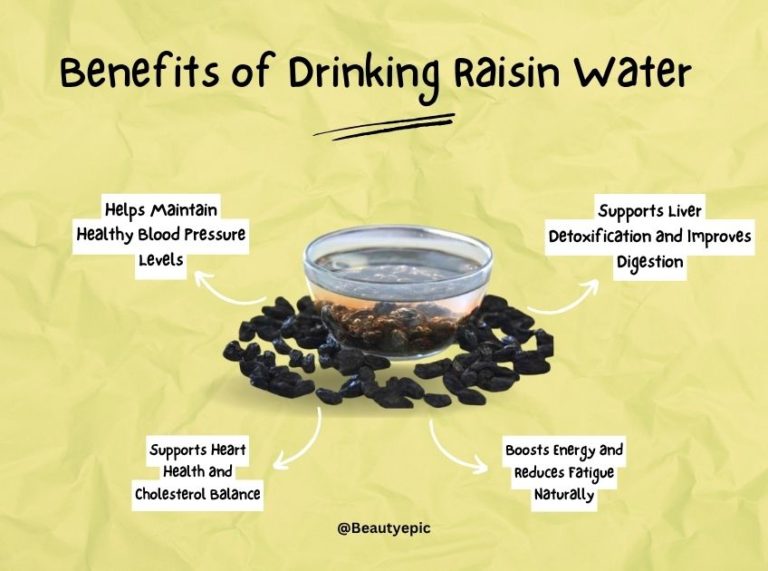
Important: This article is for informational purposes only. Please read our full disclaimer for more details.
Gout is a form of inflammatory arthritis caused by the buildup of uric acid crystals in the joints—most commonly the big toe, but it can affect other joints too. When uric acid levels rise in the bloodstream, either due to overproduction or poor elimination by the kidneys, sharp crystals form, triggering intense pain, swelling, heat, and stiffness.
Diet plays a crucial role because certain foods are high in purines, natural compounds that break down into uric acid. Knowing what to avoid can help reduce flare-ups and improve quality of life.
Gout Triggers to Cut Back On: Foods You Should Avoid (Expanded)
To manage gout effectively, one of the most powerful steps you can take is removing or reducing high-purine foods from your diet. Purines break down into uric acid in the body, and when levels become too high, crystals form in the joints, triggering painful gout attacks. Below is a more detailed breakdown of foods that commonly worsen gout, along with why they pose a risk.
1. Red Meat & Organ Meats: The Highest Purine Offenders
Animal proteins—especially red meats—are linked with elevated uric acid production. The body struggles to process the purines in these foods, which accelerates crystal buildup.
Avoid or strictly limit:
- Beef, pork, lamb, goat
- Bacon, sausages, ham
- Organ meats: liver, kidney, heart, brain, sweetbreads
Organ meats are particularly problematic because they contain concentrated purines, making them one of the fastest triggers of a gout episode. If you consume animal protein, opt for lean poultry occasionally and in small portions.
2. High-Purine Seafood & Shellfish
Seafood provides great nutrition, but for gout sufferers, some varieties pose a serious flare-up risk due to their high purine content.
Seafood to avoid:
- Sardines, anchovies, mackerel
- Herring, trout, tuna
- Shellfish: shrimp, crab, mussels, scallops, oysters
These varieties can quickly elevate uric acid levels. If you enjoy fish, safer options include salmon, tilapia, or white fish—preferably grilled or baked.
3. Sugary Foods, Soft Drinks & High-Fructose Items
Fructose, the natural sugar found in fruit and added sugars, is the only type of sugar known to increase uric acid levels. It triggers your body to produce more uric acid during metabolism.
Limit or avoid:
- Fizzy drinks, soda, packaged fruit juices
- Candy, cakes, pastries, cookies
- Jaggery, honey in excess, and corn syrup
- Sugary breakfast cereals
Unlike other dietary triggers, fructose increases uric acid rapidly, making these foods particularly harmful for gout sufferers.
4. Alcohol — Especially Beer & Spirits
Alcohol is a double trigger for gout—it’s high in purines (especially beer due to yeast), and it also reduces the kidneys’ ability to eliminate uric acid.
Gout-worsening alcohols include:
- Beer (highest risk)
- Hard liquor/spirits
- Wine (moderate risk, especially in excess)
For many, even moderate drinking can trigger attacks. If consumed, limit quantity, drink plenty of water alongside, and avoid during flare-ups.
5. Processed, Packaged & Fast Foods
These foods contribute to inflammation, weight gain, poor metabolism, and fluid retention—all of which worsen gout symptoms.
Examples:
- Burgers, fries, pizza, fried chicken
- Chips, instant noodles, ready-to-eat snacks
- Frozen meals, processed meats, deli meats
These foods are often high in trans fats, saturated fats, salt, and preservatives, all known to increase inflammatory markers in the body.
6. Certain Vegetables (Moderation, Not Elimination)
While plant-based purines are generally safer than animal-based ones, a few vegetables are moderately high in purines. They don’t need to be avoided completely—but consume in moderation if you notice they trigger symptoms.
Moderate-purine vegetables:
- Spinach
- Asparagus
- Cauliflower
- Mushrooms
- Peas
The good news: multiple studies show these do not raise uric acid levels as much as animal proteins do, so eliminating them is rarely necessary.
Foods to Avoid vs Better Choices for Gout – Comparison Table
| Foods to Avoid (High-Purine / Gout Trigger Foods) | Why to Avoid | Better Alternatives for a Gout-Friendly Diet |
| Red Meat: Beef, Pork, Lamb, Goat | High in purines; increases uric acid buildup | Skinless chicken (limited), turkey, plant proteins (lentils, beans in moderation), tofu |
| Organ Meats: Liver, Kidney, Brain, Heart | Extremely high purine content; fast gout triggers | Eggs, low-fat dairy for protein, nuts & seeds |
| Seafood (High-Purine): Sardines, Anchovies, Mackerel, Herring, Shellfish | Rapid spike in uric acid levels | Salmon, tilapia, trout (in moderation), vegetarian omega sources (chia seeds, walnuts) |
| Alcohol (Especially Beer & Spirits) | Interferes with uric acid removal; contains purines (beer) | Limit intake; non-alcoholic herbal teas, infused water |
| Sugary Drinks & Sweets: Soda, Packaged Juices, Cakes, Candy | Fructose increases uric acid production | Fresh homemade juices (no sugar), fruits like cherries, berries, apples |
| Processed & Fast Foods: Burgers, Fries, Pizza, Packaged Snacks | High in unhealthy fats & sodium → inflammation & flare-ups | Homemade meals with olive oil, whole grains, baked or grilled dishes |
| High-Fat Dairy: Whole milk, cheese, full-cream products | Saturated fats worsen inflammation & gout symptoms | Low-fat yogurt, skim milk, cottage cheese |
| Certain Vegetables (Moderation): Mushrooms, Spinach, Cauliflower, Asparagus | Moderate purines (but safer than meats) | Most vegetables, especially leafy greens, carrots, bell peppers, broccoli |
| Yeast Products: Excess yeast extracts, certain supplements | Contains purines that can trigger attacks | Whole grains, yeast-free alternatives |
Living With Gout: Extra Tips, Management & Dietary Insight
Managing gout goes beyond avoiding trigger foods. Lifestyle and everyday choices make a big difference:
- Stay hydrated to help the kidneys flush out uric acid.
- Maintain a healthy weight to reduce strain on joints.
- Choose low-fat dairy, cherries, and Vitamin C–rich foods, which may lower uric acid levels.
- Prefer plant-based protein over red meat—beans, tofu, lentils, and nuts are safer options.
- Regular monitoring of uric acid levels, exercise, and balanced meals can significantly reduce flare-ups.
What Does Research Say About Gout & Diet?
Scientific studies strongly support the impact of diet on gout:
- According to a study published in The New England Journal of Medicine, high-purine foods, alcohol, and sugary beverages significantly raise the risk of gout attacks (1).
- Research in Arthritis & Rheumatism found that cherries and cherry extracts may reduce gout flare-ups by up to 35% thanks to their anti-inflammatory and uric acid–lowering properties (2).
- Studies also show that vegetable-based purines are less likely to trigger gout compared to animal-based purines, making plant proteins a better dietary choice (3).
These findings emphasize that smart food choices can play a major role in gout control.
Frequently Asked Questions (FAQ’S)
1. Can I eat seafood if I have gout?
A. You can occasionally eat low-purine fish like salmon, but try to avoid high-purine seafood such as sardines, anchovies, and shellfish.
2. Are all high-protein foods bad for gout?
A. No. Plant-based proteins like lentils, beans, and tofu are generally safer. It’s mostly animal-based, high-purine proteins that increase gout risk.
3. Does drinking water help with gout?
A. Yes. Proper hydration helps the kidneys remove uric acid more effectively, reducing flare-ups.
Avoiding gout-triggering foods is one of the most effective lifestyle strategies for managing symptoms and preventing painful flare-ups. By reducing high-purine meats, alcohol, sugary beverages, and certain seafood—and adopting a more balanced, hydrating, and plant-forward diet—you can keep gout under control and protect joint health.
If symptoms persist or worsen, consult a healthcare provider for a personalized treatment and dietary plan.















